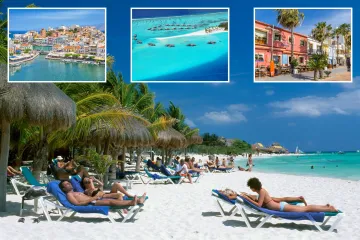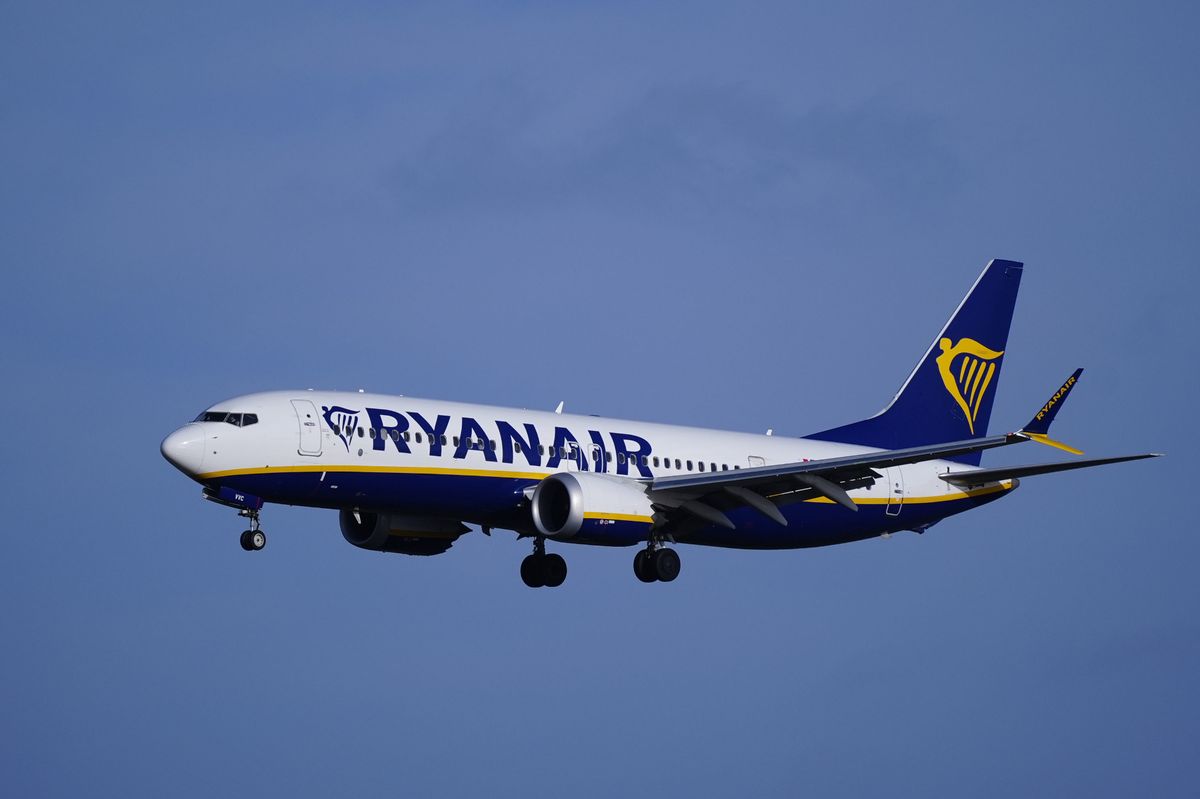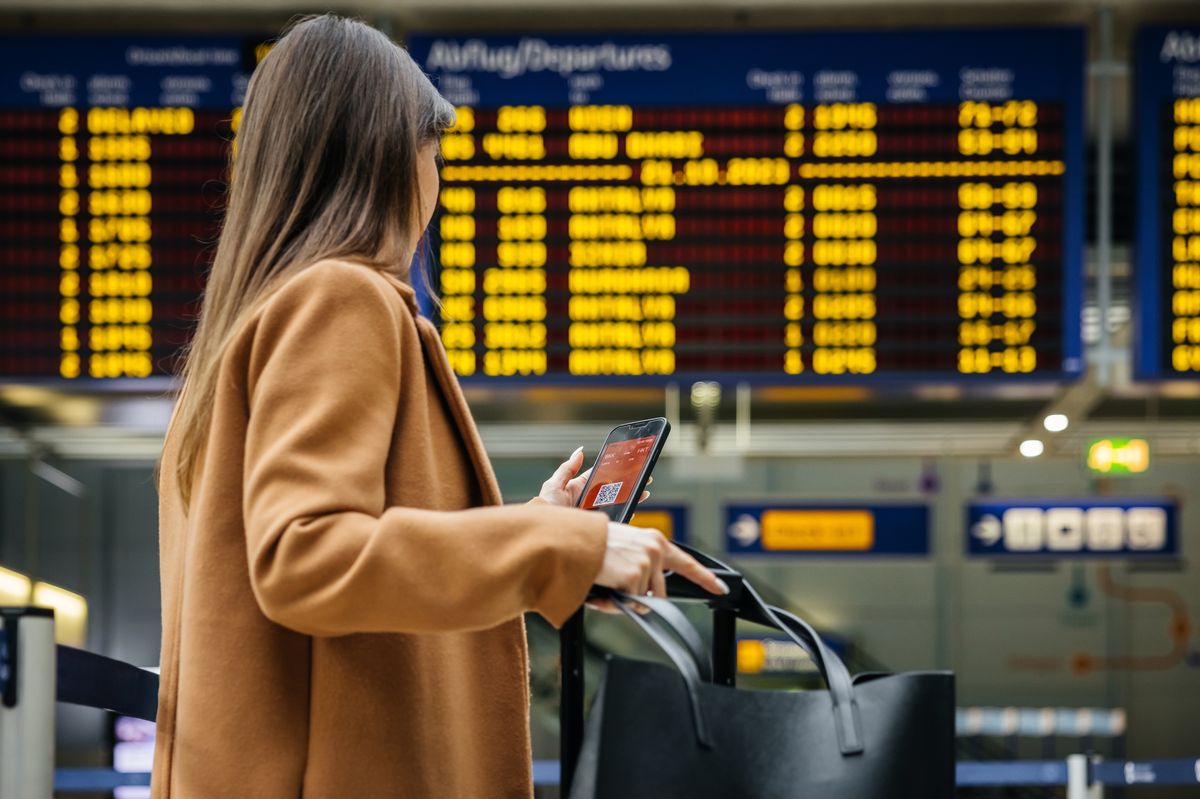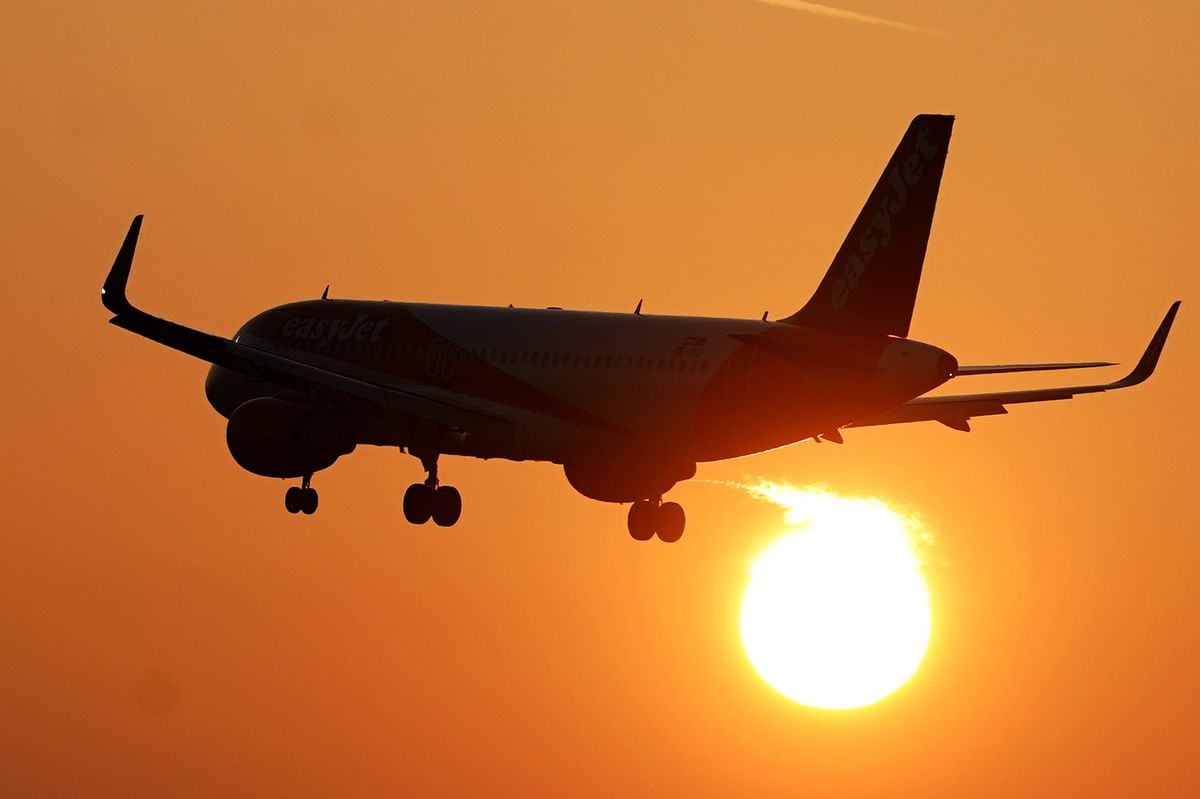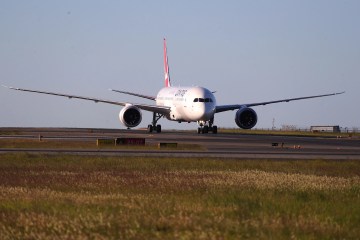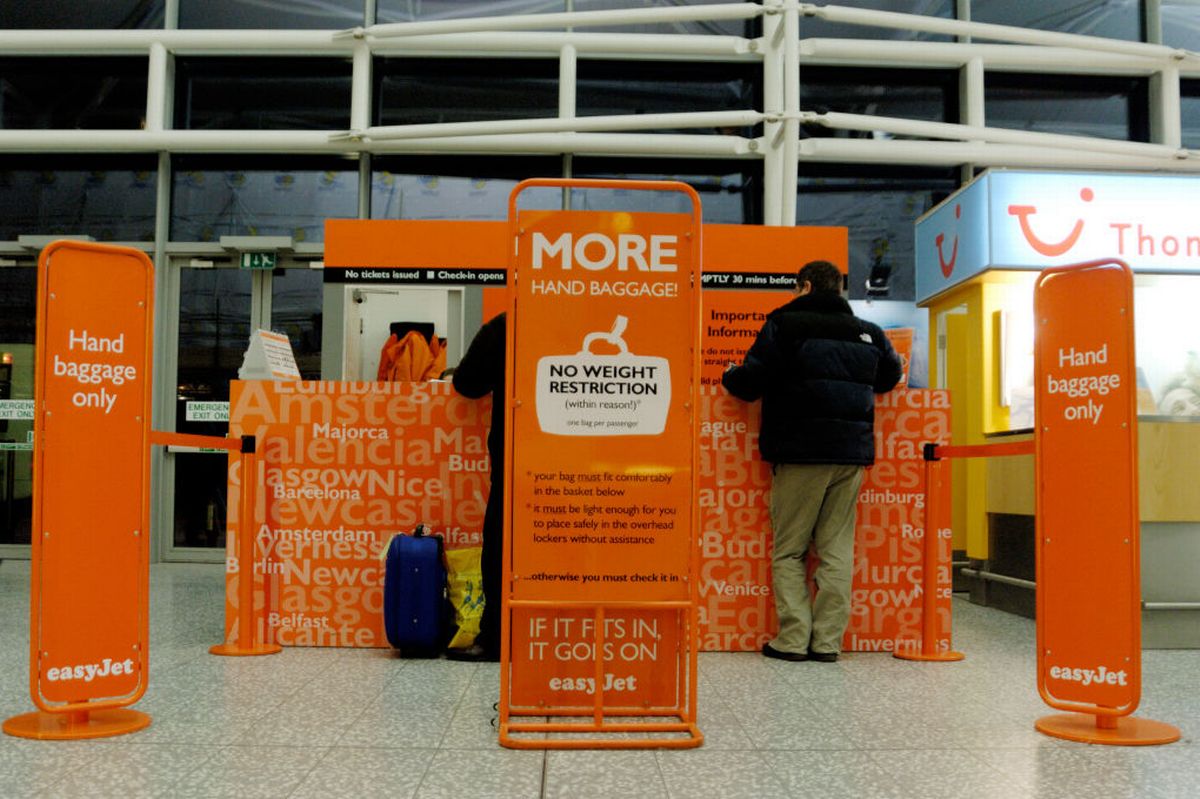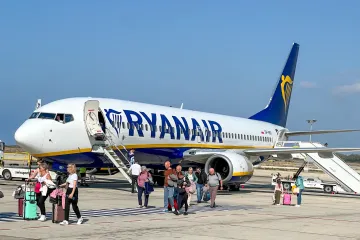Consumer group Which? claims passengers are being wrongly fined for having cabin bags that airport staff say are too big
An easyJet passenger has described how she successfully fought the budget airline after being fined for having an oversized bag.
Louise Machin says she was “dismayed and confused” when staff working for easyJet slapped her with a €58 (£51) fee when she flew back from Chania Airport in Crete. Staff told her it was because her suitcase was too big, despite her checking the dimensions carefully in advance.
EasyJet refunded the money when she went as far as contacting the case manufacturer on her return, to prove it met the airline’s requirements.
Yet Ms Machin, 59, from Crystal Palace, south London, is far from alone in being wrongly hit with oversize cabin bag fines when they are not at fault. Consumer group Which? says travellers are being caught out because of what it says are issues with the official bag sizers in some airports.
Customers of no-frills carriers have got used to double checking the dimensions of bags or cases they are allowed to take on board. But most airports also have devices at the check-in desk or boarding gate to hammer home the rules.
Ms Machin, who works as a freelance film and TV sales director and a project manager, was caught out when she travelled to Crete in April this year. She was on a walking holiday with friends and paid almost £268 for the flights and £94 return for the overhead cabin bags.
She was not asked about the size of the case on the way out, and didn’t think anymore about it given the checks she had done. But as she arrived for the flight home after a five day break, a member of ground staff employed by a third party company challenged her at check-in. When she insisted it complied, and even asked for tape measure to prove it, she says the person replied “this isn’t a DIY shop”.
Married Ms Machin went on: “I had successfully travelled out from London Gatwick five days before and it had fitted into the luggage sizer there with no problem. I had also checked it with the easyJet digital sizing tool prior to travel.” She concluded that the only explanation was that the sizer at Chania Airport was smaller than the size allowed.
“I tried to explain this to the ground staff, that my bag was compliant and that it seemed to me that their luggage sizer was too small,” she says. “But they were very aggressive and told me that if I didn’t pay on the spot, I would not be able to travel home. It was a threatening environment, and they wouldn’t listen to me. I felt like I was going mad because I knew my bag was the right size. I was forced to make the payment so that I could travel home.”
On her return, she contacted the manufacturer of her bag – Cabin Max- which confirmed her bag complied with easyJet’s size restrictions.
Which? says it is not the first time Cabin Max had been contacted about airlines fining its customers. One issue appears to be on the bag sizer where the metal sides are further in than they should be, meaning luggage that would normally fit easily is rejected, and passengers face a penalty.
Armed with Cabin Max’s response, Ms Machin went back to easyJet and it agreed to refund her.
Which? says it has heard of other airlines wrongly fining passengers for similar reasons, with bags that have been on any number of low-cost flights suddenly deemed to be oversized. More common is that a handle or strap is a couple of millimetres outside the sizer cage and that is enough for a fine. It comes after Ryanair increased the bonus paid to staff for every oversized bag they catch .
Which? advises anybody who feels they have been wrongly charged a fee at the gate – but feels confident that their bag is the right size – to appeal.
EasyJet refunded the fine despite insisting that more recent checks had not found a fault with the sizers at Chania Airport.
Its statement in full said: “EasyJet’s bag sizers are standardised across all airports to meet our cabin bag dimensions and we do not see a wider issue with sizer damage, as we have procedures to ensure this is reported by our ground crew to ensure they are removed and fixed. We will always review any feedback from our customers on a case by case basis, and so when Ms Machin raised this with us we apologised for her experience and provided her with a refund.”
